How to Make Socarrat in a Spanish Paella
A guide to making a great Spanish Paella at home. Socarrat included!
The most coveted part, the most flavor-filled component of any finished braised, baked, or sautéd dish are those crispy caramelized fonds that sit humbly underneath, crusting the floor of the pan. You’re supposed to pretend like we just want the meat or the main, but you’ll go back to the stove and scrape off the dark brown bits into your hungry mouth when no one’s looking. We Spaniards say, “Hey, you don’t have to hide. In fact, let’s crisp up the bottom with purpose—let’s do it right and give it a name: socarrat.” Here’s a little bit about the infamous socarrat and how to make the best Spanish paella at home.
What is Socarrat?
Socarrat comes from the word socarrar, meaning “to burn” or “to scorch.” It refers to the well-done layer, underneath all the filling, that lovingly clings to the pan. Once the broth cooks out from bottom, there’s no protective liquid between the pan and the rice, and it starts to fry. The rice gets good and crispy and the tomato sofrito and broth-bathed the rice cook down and caramelize. This, friends, is socarrat and it’s what gives a traditional paella texture and a thread of deep richness. A proper paella should always have socarrat. It should never be soggy and watery, but rather dry and flavorful.
Socarrat is a crucial part of the Paella Valenciana, the original Spanish paella. It’s traditionally made with ingredients you would find on a family farm in Valencia. There’s seared free-range chicken, vine-ripened tomato sofrito, extra-virgin olive oil, and sprigs of fresh rosemary. Native garrofó and bajoqueta beans are cooked with saffron and smoky paprika, and the bomba rice soaks up all the savory broth and poultry juices. The entire dish is cooked in a paella pan, in a thin layer. The wide surface allows it cook evenly, quickly, and form the essential socarrat.
How to Get Socarrat at Home
We’ll be the first to tell you that not everyone can whip up a perfect paella. The liquid to rice ratio is one of the trickiest parts of creating the socarrat. Too much liquid can overcook the rice into mush; not enough liquid will leave the rice undercooked on the inside and burnt on the outside.
Once you know your liquid to rice ratio, getting that sexy layer of socarrat is all about managing your heat and not messing with the rice.
- You have all the paella ingredients (except the rice) in your paella pan on medium-high heat.
- Add your bomba rice, lightly mix so it’s evenly distributed, and set the timer for 18 minutes.
- Cook the majority of the paella on medium-high heat, undisturbed. In other words, don’t even think about stirring or you’ll aggravate the starches and get a clumpy paella. Everything will start to simmer vigorously.
- When the most of the liquid has evaporated and the rice is almost fully cooked, turn down the heat to low. Low heat prevents the grains from charring, as they have no liquid layer of protection.
- You only need two tools to determine its doneness: a fork and your nose. You’ll start to smell the sugars in the rice toasting away. That’s a great sign! Take a fork and pull back a small layer of rice. If you see a crispy browned layer, the time is right. Take it off the heat, let it sit for a few minutes, and dig in.
A Paella Valenciana Needs Socarrat
Socarrat is absolutely essential to the traditional Valencian paella. Unfortunately, you’ll find imitation paellas all around the world claiming their authenticity. They’re usually bright yellow from food coloring, contain a giant mishmash of meat and vegetables, and are too watery. Restaurants even serve these sad dishes in paella pans, but rarely ever cook them in one, making it impossible to create socarrat. In Valencia, the birthplace of this nationally recognized dish, a paella without socarrat is nothing but a simple rice dish. It’s like a salad without the dressing, a birthday cake without the frosting.
If you want to eat real paella, proper paella, albeit the best paella, make it at home! Eighteen minutes of careful simmering puts an authentic Spanish dish right on your dining room table. Socarrat included.

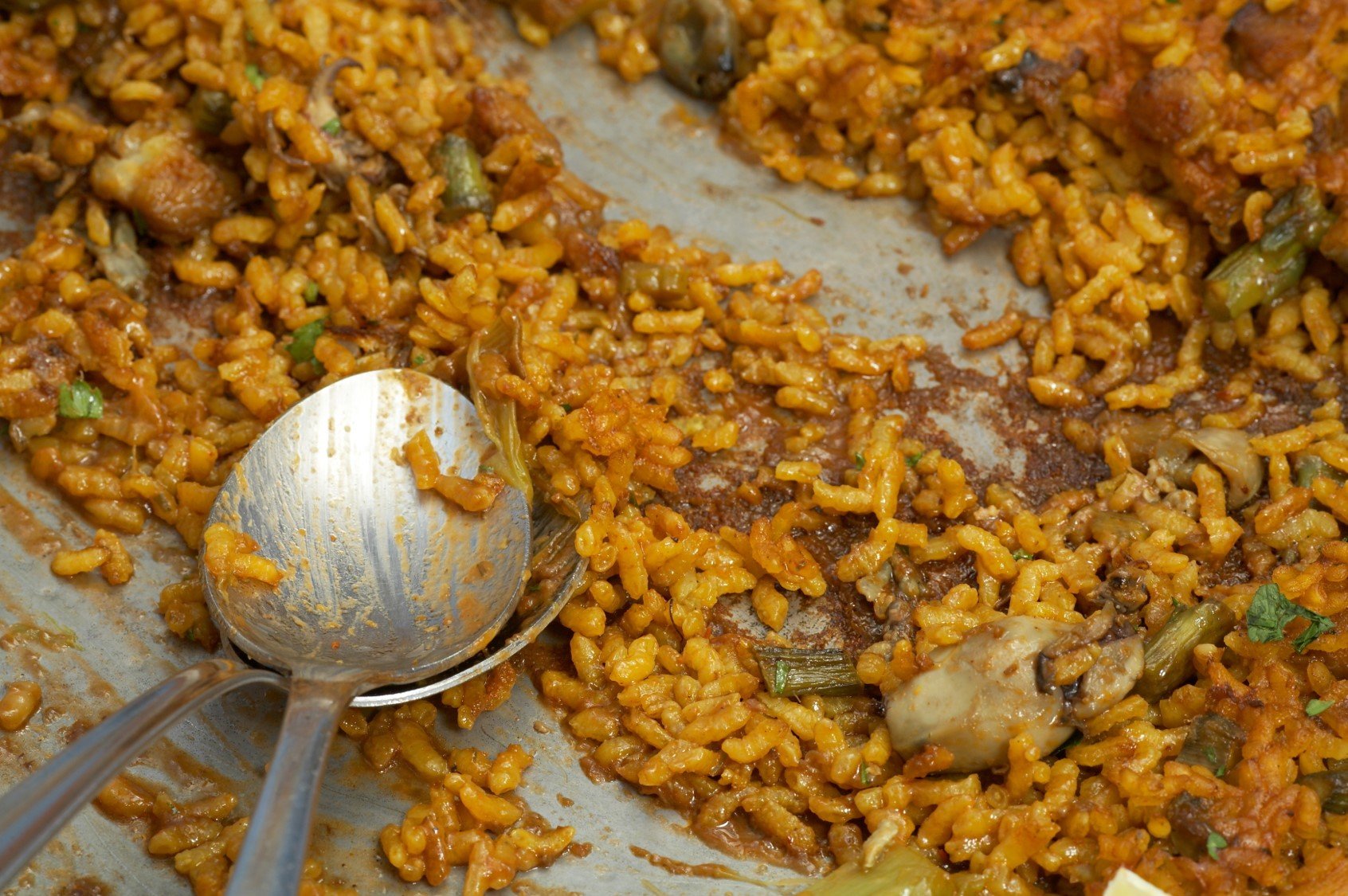

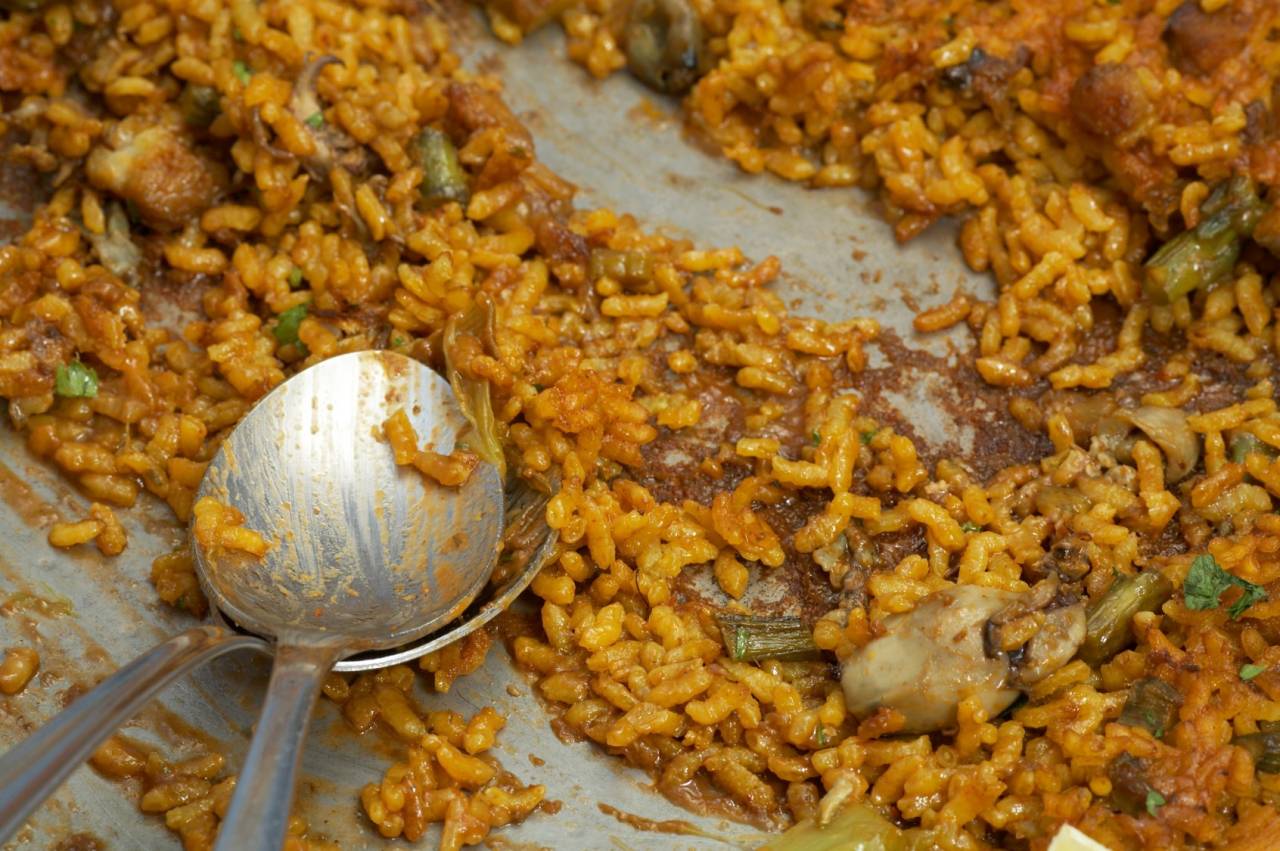
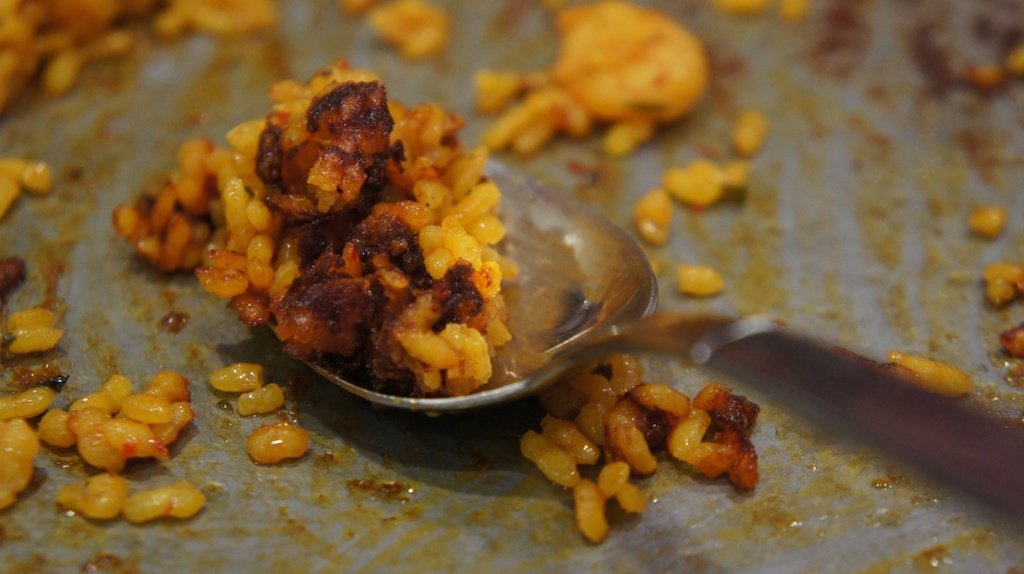
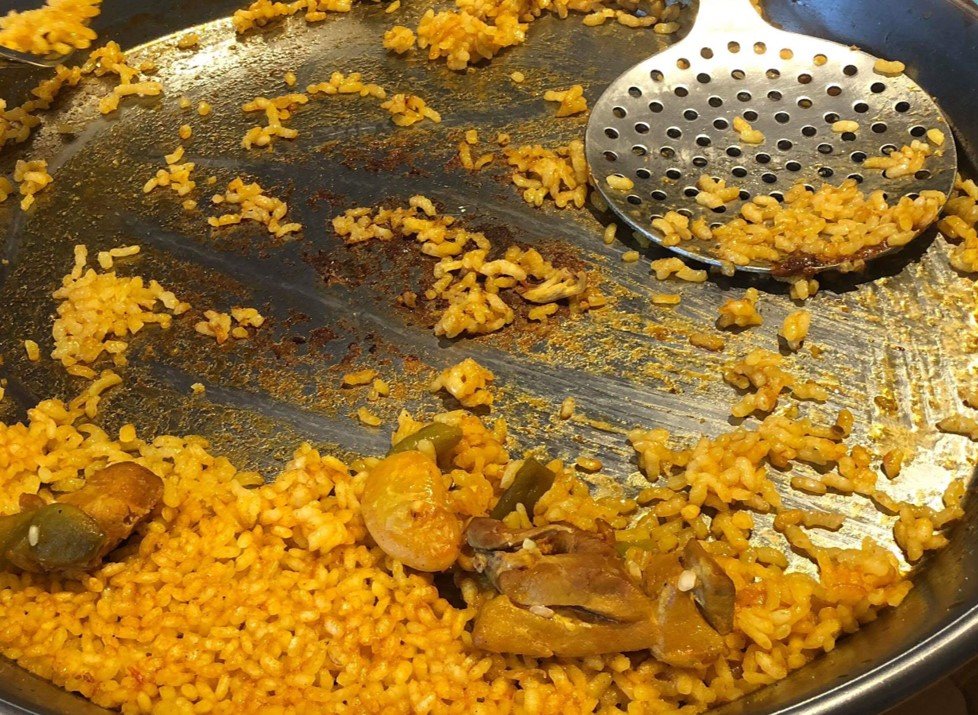

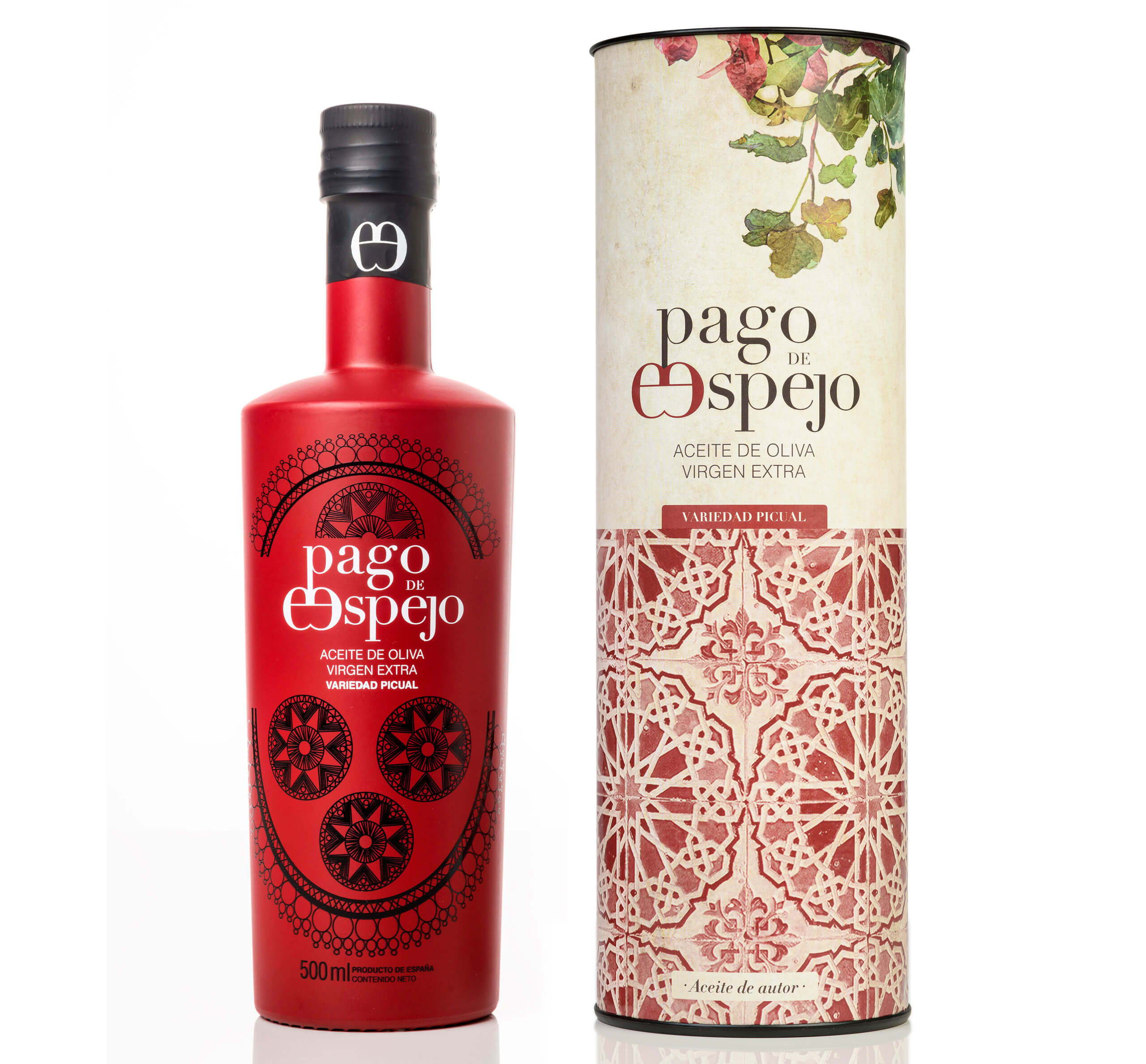
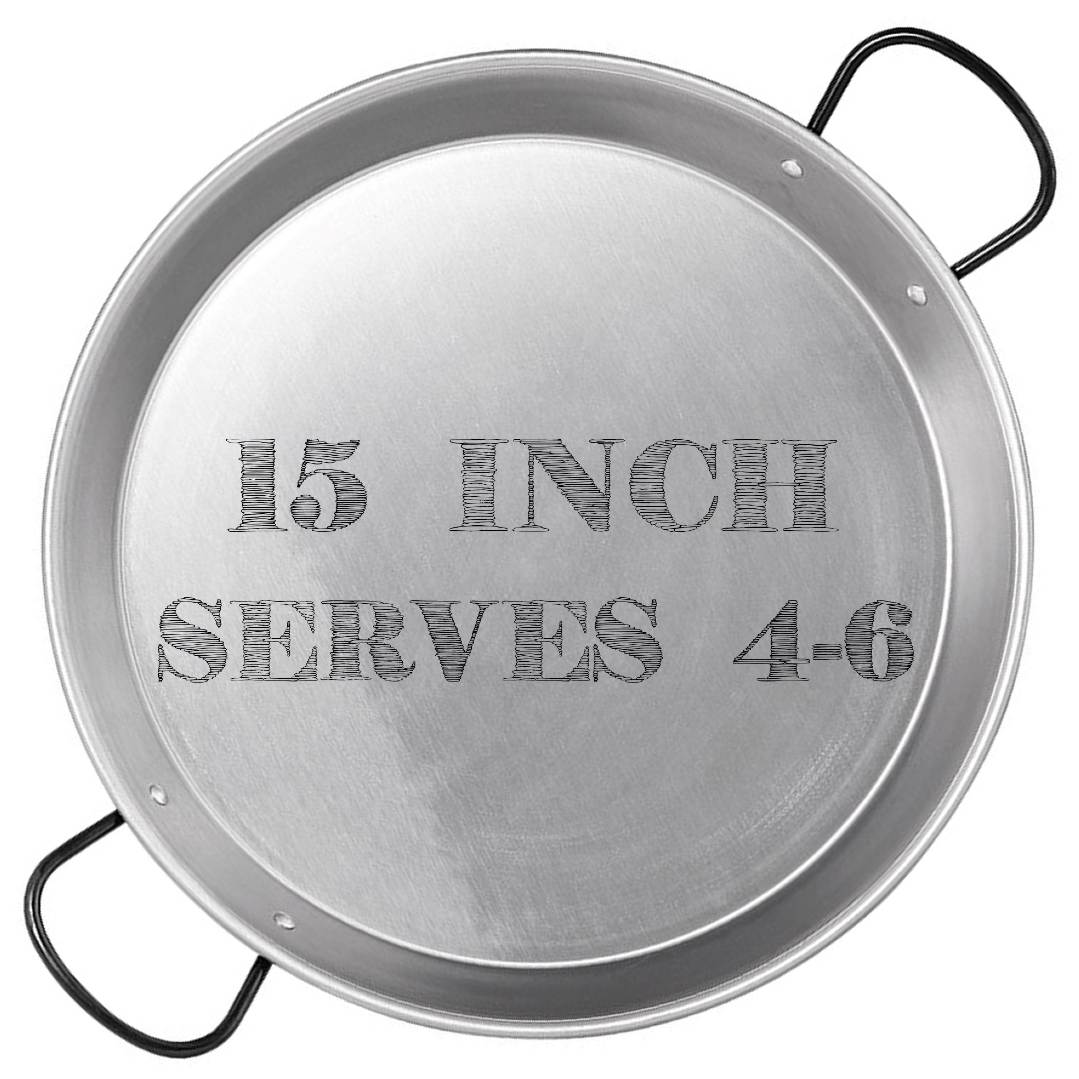

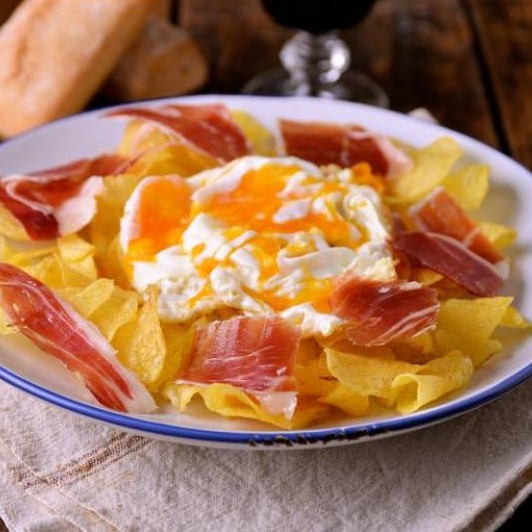
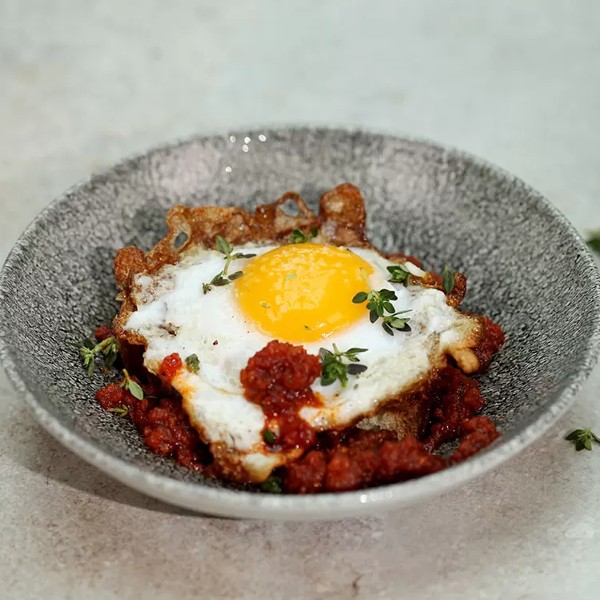
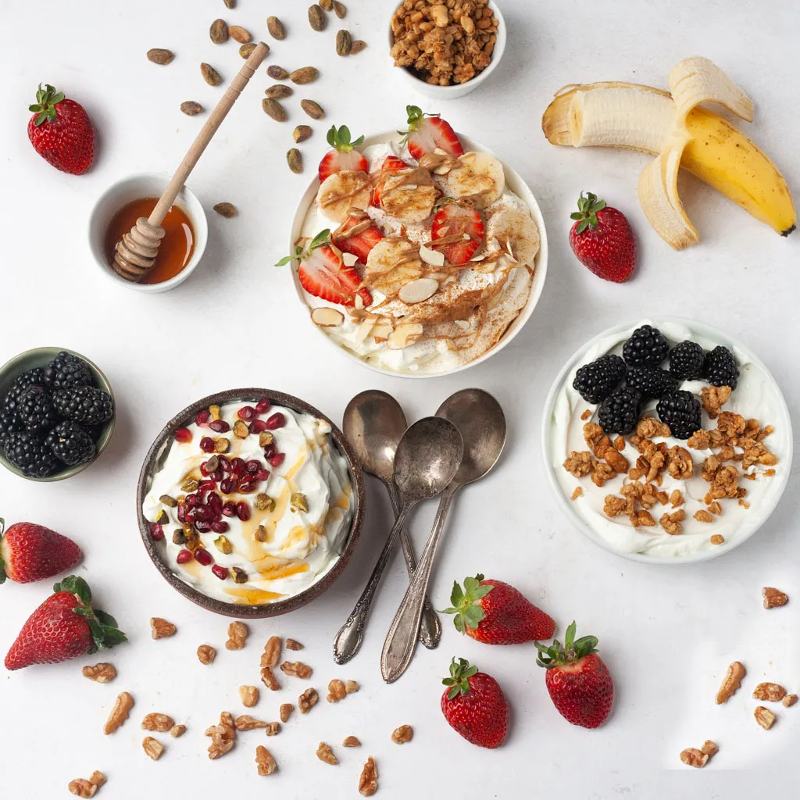
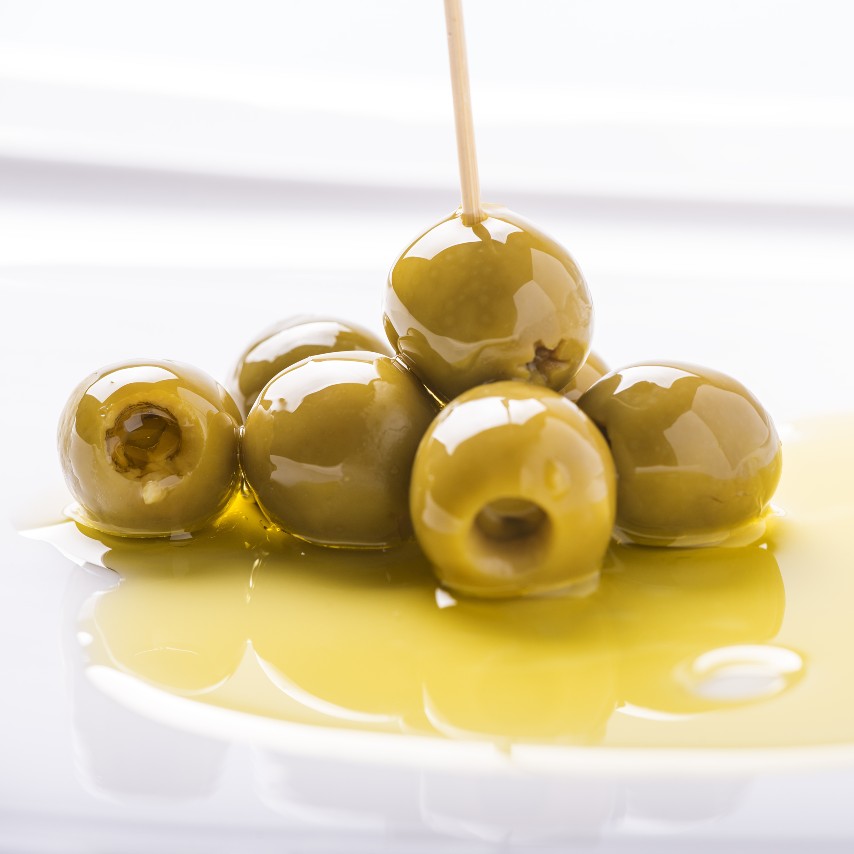
Comments